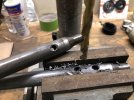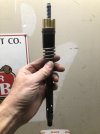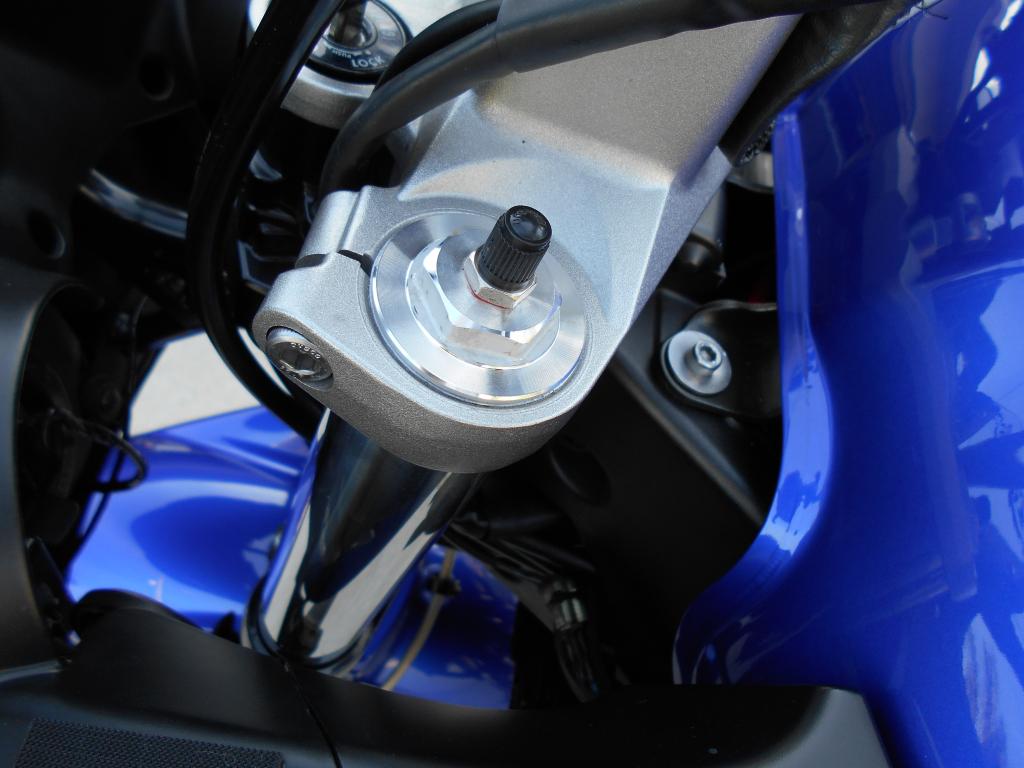atticuss66
Junior Member
My left fork started to leak so this would says to round offbe a good time to do a a whole new front suspension rebuild. Gold valves and new Race Techs but just wondering on the spring rate would be best, My weight varies from 190 tp 197 and the calculator says round off to .90. Ive read it's better to go alittle lighter .85 as the springs can be alittle harsh. Maybe it won't make a big difference anyway. Any recommedatios???



